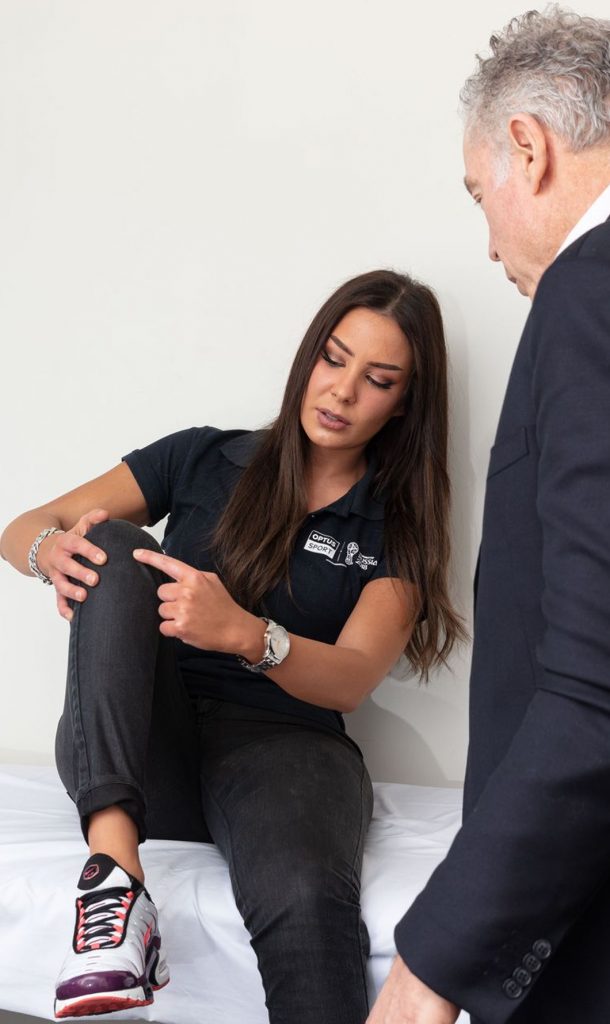ACL RECONSTRUCTION
An ACL reconstruction involves reconstructing with a substitute tendon.
The ACL has minimal capacity to heal. Therefore an ACL tear is likely to result in knee instability. If someone goes back to sports with what we call “an ACL deficient knee” they may have further episodes of giving way, which can lead to further damage to the knee. Often a more devastating injury occurs, resulting in significant meniscal tearing. However, if the ACL is torn, not every person will need a reconstruction. If someone is not involved in sports or is willing to “hang up their boots” they can see how they go with rehabilitation on its own. The main reason for someone to undergo an ACL reconstruction is if they would like to return to sports. Other indications include the presence of associated injuries. If someone has a potentially repairable meniscus tear, then they need a stable knee. Also, if another ligament is injured, the athlete is more likely to have greater instability. Finally, if someone has ongoing episodes of knee instability, they usually benefit from having their knee stabilised.
An ACL reconstruction involves reconstructing with a substitute tendon. The most common tendons used are the hamstring (semitendinosus), quadriceps or patellar tendons. The age of the patient and the sports played have a significant bearing on the best graft or tendon to use.

ACL tears are prevalent. They are a significant injury, and some patients may require surgery. Dr Brown will use minimally invasive surgery to speed recovery and allow you to get back to full activity, as soon as possible.
Call us on (03) 5223 3151 Book an appointment today.

